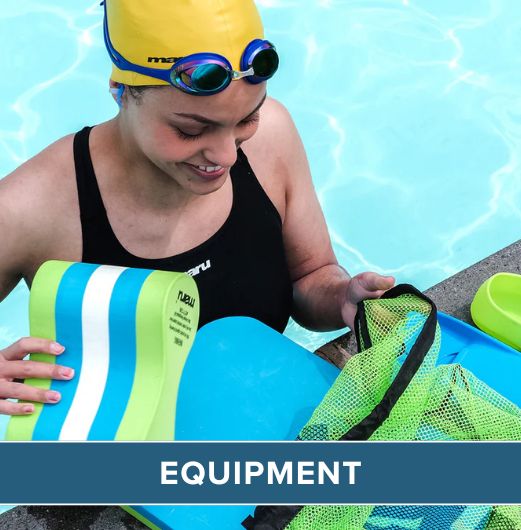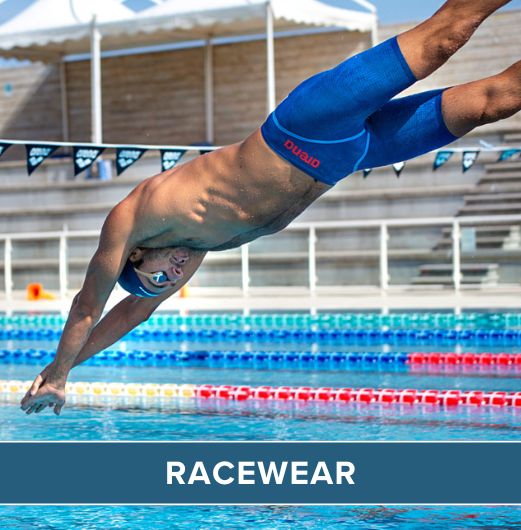
Wild swimming is one of the fastest-growing outdoor sports in the UK, as more and more people discover the exhilaration of reconnecting with nature by swimming in rivers, disused quarries and lakes. Wild swimming is less dangerous than many other watersports and taking a few common-sense precautions should help you to minimise the risks:
It is preferable to swim alongside someone else; if you do swim alone in deep water, trail a float behind you on a cord in case you get into difficulties. Start off with modest distances and build up gradually. Keep close to the shore and do not overestimate your abilities.
- Take care while entering the water
Many of the best wild swimming spots have steep cliffs and slippery rocks near the water: never run on wet rocks. Jumping into water from a height also poses risks: you may not know the depth of the water, there could be hidden obstructions just beneath the surface and the water may be much colder than you expect.
“Cold shock” is the body’s involuntary response to entering very cold water: you will gasp for breath and your heart rate will increase. Do not jump in but walk in slowly while the body adjusts to the cold. In very cold water, body heat is drawn away from your limbs towards the body core and this means that you may lose the ability to swim. Watch out for the early signs of hypothermia and get out if you start to shiver or if your teeth begin to chatter. Wearing a wetsuit extends the time you can stay in the water.
If you suffer from cramp in the foot or calf, it is very painful and can make swimming impossible. To avoid cramp, try not to get dehydrated or overtired. If it does strike, call for help, float on your back and paddle back to shore using your arms.
Swimming against the current is fun but make sure that you do not get carried downstream in an uncontrolled way, as you could be thrown against rocks or other hazards and may be unable to get out easily. Currents can be especially strong near weirs and waterfalls and you should watch out for undercurrents and riptides when swimming in the sea. As a novice wild swimmer, it is best to begin by swimming in shallow water near a safe beach.
- Leptospirosis and Weil’s disease
Leptospirosis is spread through the urine of rats that live in waterways near to storm drains and sewers. If you stick to recommended swimming spots with clean water, you are unlikely to catch this disease, but if you should experience flu-like symptoms within 3 to 14 days of swimming, consult your doctor, who will prescribe antibiotics to prevent it turning into the more serious Weil’s disease.
Just be aware of these safety precautions when wild swimming, as it can be a really enjoyable way to get fit and have fun this year! Have you ever been wild swimming before?
 Wild swimming is one of the fastest-growing outdoor sports in the UK, as more and more people discover the exhilaration of reconnecting with nature by swimming in rivers, disused quarries and lakes. Wild swimming is less dangerous than many other watersports and taking a few common-sense precautions should help you to minimise the risks:
Wild swimming is one of the fastest-growing outdoor sports in the UK, as more and more people discover the exhilaration of reconnecting with nature by swimming in rivers, disused quarries and lakes. Wild swimming is less dangerous than many other watersports and taking a few common-sense precautions should help you to minimise the risks:
 Free Tracked UK Delivery
Free Tracked UK Delivery Hassle Free Returns
Hassle Free Returns Next Working Day OPTION
Next Working Day OPTION Found It Cheaper?
Found It Cheaper?














